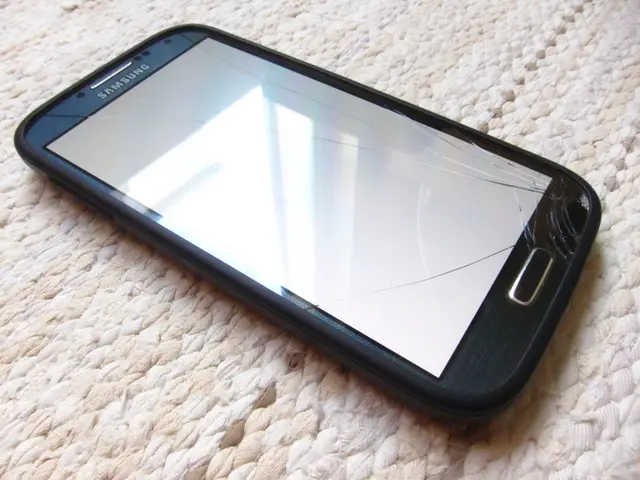Advancements in Incompetent Tech Now Yield Stunning Results
In the early days of technology, many of the devices we now take for granted were far from their current efficient and user-friendly forms. For instance, the first flush toilets, like Sir John Harington's 1596 design, were water-intensive, consuming a significant amount of water—around 7.5 gallons (28.4 liters) per flush—and required manual refilling, making them cumbersome compared to modern versions [3].
Fast forward to the present, and modern toilets, especially those with the dual-flush system developed in Australia in the 1980s, use much less water (as little as 3 liters for a half flush and 4.5 liters for a full flush) and incorporate automatic refill systems, vastly improving water efficiency and user convenience [1].
Similarly, the first game console designed for home use was the Magnavox Odyssey, released in 1972. It allowed people to play simple tennis and shooting games at home, but had no way to keep track of the score [2]. Today, we have advanced gaming consoles with high-definition graphics, multiplayer capabilities, and built-in storage systems, making gaming a more immersive and enjoyable experience.
The story of steam cars is another example of how technology has evolved. Steam cars were a common alternative to gas-powered vehicles at the start of the 20th century. However, they took up to 30 minutes to get going and could only travel 20 miles (32.2 km) before needing refilling [1]. Today, we have electric and hybrid vehicles that offer a cleaner, more reliable, and more efficient driving experience.
In the realm of photography, photographers working away from their studios had to bring a makeshift darkroom with them, and developing images was dangerous due to the use of toxic chemicals like mercury [4]. Today, digital photography has revolutionised the industry, making it easier and safer to capture and edit images.
The development of aspirin is another fascinating example of how technology has progressed. Aspirin was invented based on the pain-relieving properties of willow bark and leaves, which contain salicin [5]. Today, aspirin is a common over-the-counter medication used to treat pain, fever, and inflammation.
The history of technology is filled with examples of early designs that were unrefined and inefficient compared to their contemporary counterparts. The first vacuum cleaner, patented in 1901 by Hubert Cecil Booth, was a large red machine that had to be pulled by horses [6]. Today, we have compact, lightweight, and powerful vacuum cleaners that make cleaning a breeze.
In conclusion, while the first designs laid crucial groundwork, they were often unrefined and inefficient, with modern versions benefiting from centuries of technological development that enhanced both performance and convenience. The journey of technology is a testament to human ingenuity and our relentless pursuit of progress.
- Entertainment has drastically evolved over time, from the early days of bizarre home game consoles like the Magnavox Odyssey in 1972, to the advanced, immersive, and enjoyable experiences offered by modern gaming systems equipped with high-definition graphics, multiplayer capabilities, and built-in storage systems.
- In the early days of data-and-cloud-computing, photographers had to carry a makeshift darkroom and handle toxic chemicals like mercury for developing images away from their studios. Today, digital photography has revolutionized the industry, making it easier and safer to capture, edit, and share images.
- The development of science and technology has significantly impacted transportation, as demonstrated by the shift from steam cars, which took up to 30 minutes to start and could only travel 20 miles (32.2 km) before needing refueling at the start of the 20th century, to the more efficient and environmentally-friendly electric and hybrid vehicles available today.
- Artificial Intelligence (AI) started with simple beginnings, like early calculators and chess-playing programs. Today, AI is transforming various sectors, from autonomous vehicles to personalized healthcare and virtual assistance, showcasing the incredible potential for progress and innovation in the future.




